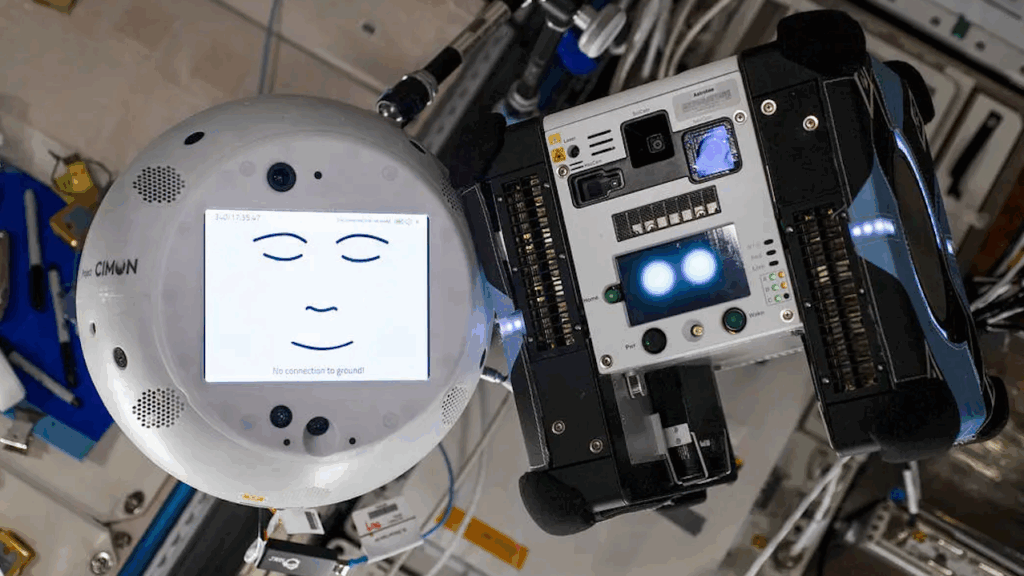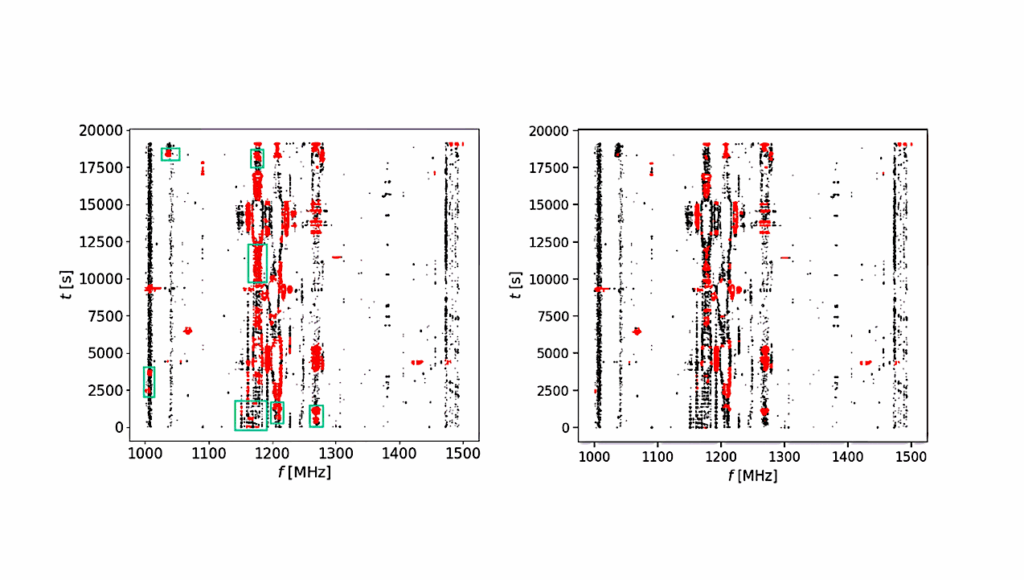Tricorder Tech: A Biological Camera That Captures And Stores Images Directly Into DNA

Editor’s note: As we develop the instrumentation for use on offworld Astrobiology Away Teams, compactness and efficiency will be paramount. Given the distances involved team members may well need to do all of the preparatory data capture and analysis. Use of the process outlined in this paper may be one solution inasmuch as it is an elegant, nanotechnology-based, synbio-enabled, way to use an ancient system that has evolved to encode, save, and pass down information across vast periods of time. In essence, in many ways, this is the exact opposite of a gene sequencer which is used to elucidate genetic sequences. As such there is bound to be some information emerge about the nature of genetic information systems which will be helpful in and of itself to those of us who are looking for alternate ways that life can arise and persist.
Encoding of light into bacteria and barcoding for preservation of spatial information. B Sequencing and decoding of stored DNA back into original image. C Initial proof of concept of BacCam using the ‘BACCAM’ pattern. Successful reconstruction of the image was done with 93/96 accuracy. Source data are provided as a Source Data file.
The increasing integration between biological and digital interfaces has led to heightened interest in utilizing biological materials to store digital data, with the most promising one involving the storage of data within defined sequences of DNA that are created by de novo DNA synthesis.
However, there is a lack of methods that can obviate the need for de novo DNA synthesis, which tends to be costly and inefficient. Here, in this work, we detail a method of capturing 2-dimensional light patterns into DNA, by utilizing optogenetic circuits to record light exposure into DNA, encoding spatial locations with barcoding, and retrieving stored images via high-throughput next-generation sequencing.
We demonstrate the encoding of multiple images into DNA, totaling 1152 bits, selective image retrieval, as well as robustness to drying, heat and UV. We also demonstrate successful multiplexing using multiple wavelengths of light, capturing 2 different images simultaneously using red and blue light.
This work thus establishes a ‘living digital camera’, paving the way towards integrating biological systems with digital devices.
A biological camera that captures and stores images directly into DNA, Nature via PubMed
Astrobiology








